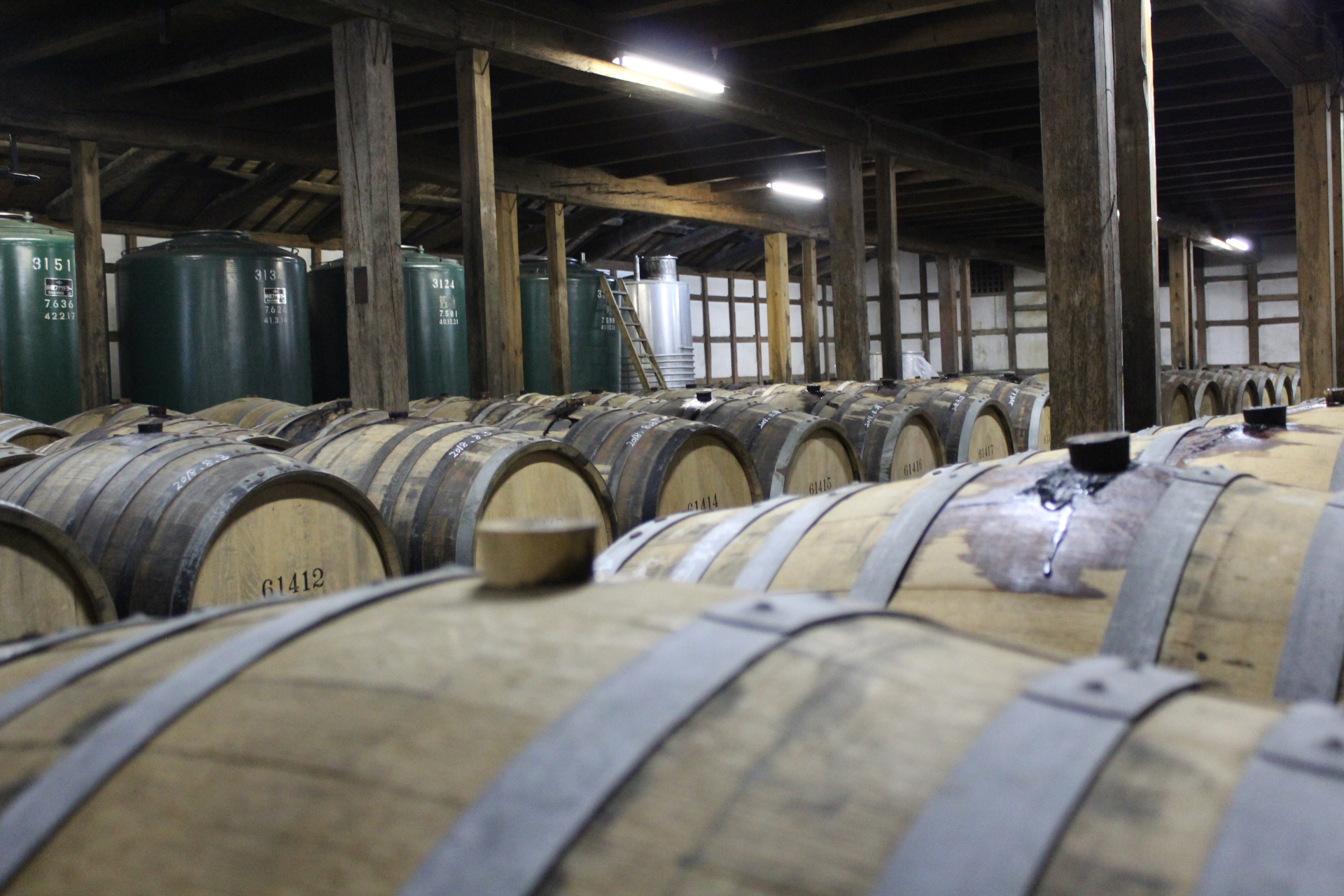As we all know, the Japanese whisky industry is now over 100 years old and yet, there have never been any strict standards put in place for what constitutes, or what can be classed as, a Japanese whisky.
Among Japanese whisky producers are some expert blenders, who import spirit from other whisky-producing companies to blend and mature on Japanese soil. This has been a common practice for many years, especially for a producer seeking to build a brand before their distillery has been built, and the whisky finished ageing. Many of these are delicious products in their own right, but the fact that they have been misleadingly labelled as Japanese whisky remains.
In recent years, with the spirit’s popularity soaring around the world, this lack of regulation and subsequent speculation into the real contents of a bottle of ‘Japanese whisky’, has led to confusion and shaken customer confidence in the category as a whole.
Until now, it has been something of a struggle for consumers to distinguish a true Japanese whisky, from a product labelled as Japanese whisky, but which actually contains key ingredients distilled outside of Japan. While retailers like ourselves have made every attempt to correctly categorize products on our site, we are only able to provide the information that producers willingly publish, meaning there are almost certainly some expressions that have slipped through the cracks.
This issue is one that has been growing in recent years, as more and more producers look to cash-in on the soaring demand for Japanese expressions.
We have covered this problem in great depth on our blog and have been very vocal in our call for stricter regulatory standards in the classification of Japanese whisky. Today, we’re delighted to announce that our calls have finally been answered and a new standard for Japanese whisky has been put in place.
Japanese Whisky Standards
Led by the Japan Spirits & Liqueurs Makers Association, a consortium of influential industry figures have spent the last couple of years holding detailed discussions with the country’s top producers.
Today, they have finally revealed the new regulations that Japanese whisky producers must adhere to when labelling their products.
As of April 1st 2021, producers must ensure their products meet strict requirements when it comes to raw materials, production location, water, distillation, ageing, packaging, colouring and strength if they want to label their product as a Japanese whisky.
Creations must contain malted grain, however other grains can also be included, and they must use water extracted within Japan. Saccharification, fermentation and distillation must then be carried out at a distillery in Japan and the spirit must be distilled to less than 95% abv.
When it comes to ageing, this must also take place in Japan and producers are limited to using wooden casks with a maximum volume of 700 litres. All spirit must be aged for a minimum of 3 years to be classed as Japanese whisky.
Once the spirit has been correctly distilled, using permitted ingredients, it must be bottled in Japan with a minimum abv of 43%. The use of plain caramel colouring is allowed.
While the regulations come into play on April 1st of this year, producers will have until March 31st 2024 to get their house in order and begin following rules.
What Does This Mean For The Industry?
The introduction of these new regulations can only be seen as a good thing for industry. The “grey area” of what constitutes a Japanese whisky is no longer grey and this means that consumers will have a better understanding of the products they are looking to purchase from the get-go.
No longer will they have to do their research to ensure that a product labelled as Japanese whisky actually contains spirit produced in Japan, and is not simply a blend of whisky from other nations that has been misleadingly labelled.
So, what of the expressions that don’t meet the new requirements? Well, these will now have to be labelled as World Blended Whiskies, or simply “Whisky”, allowing customers to gain some understanding of their composition from the beginning and allowing us, at dekanta, to better define each individual expression that we stock on our site.
These new changes are only likely to intensify interest in the burgeoning industry, as those that were on the fence about Japanese whisky because of the lack of regulation will now feel that it is safe to buy products without risk of being duped.
It’s a huge step towards honesty and transparency in an industry that was in desperate need of it, and makes us even more excited for what Japanese whisky has in store in the years ahead.
Here’s to an open, honest and transparent Japanese whisky industry…Kampai!
Published: February 16, 2021Author: Liam Hiller
